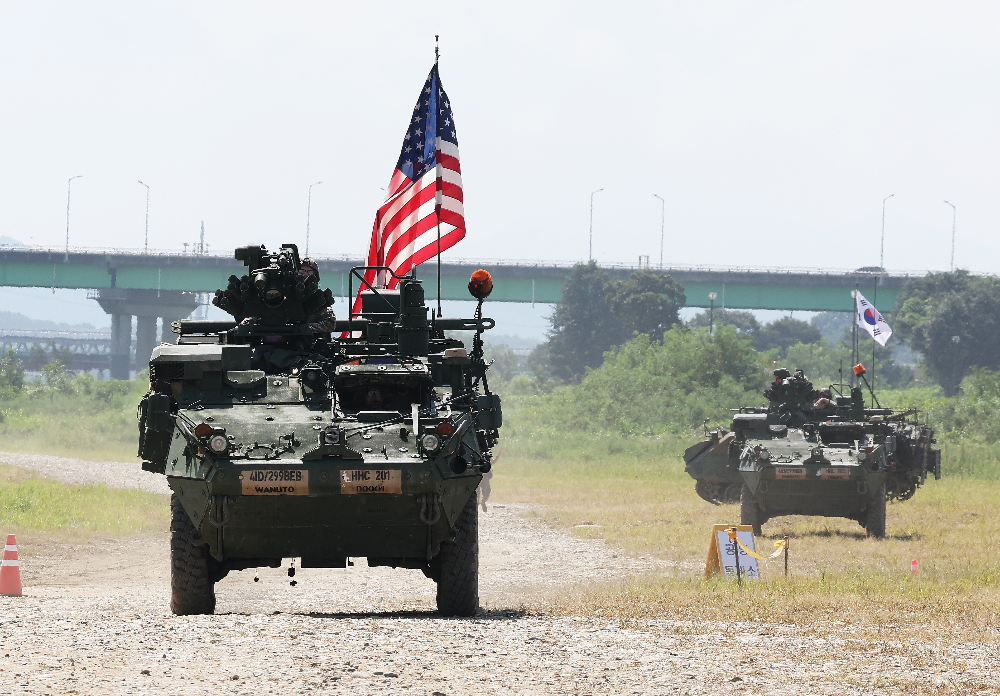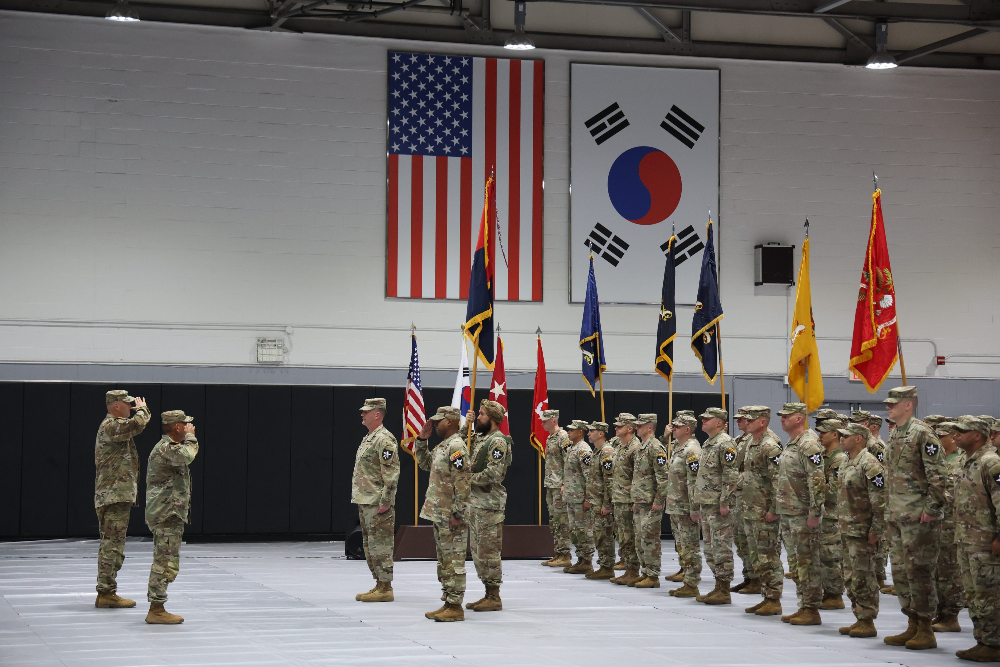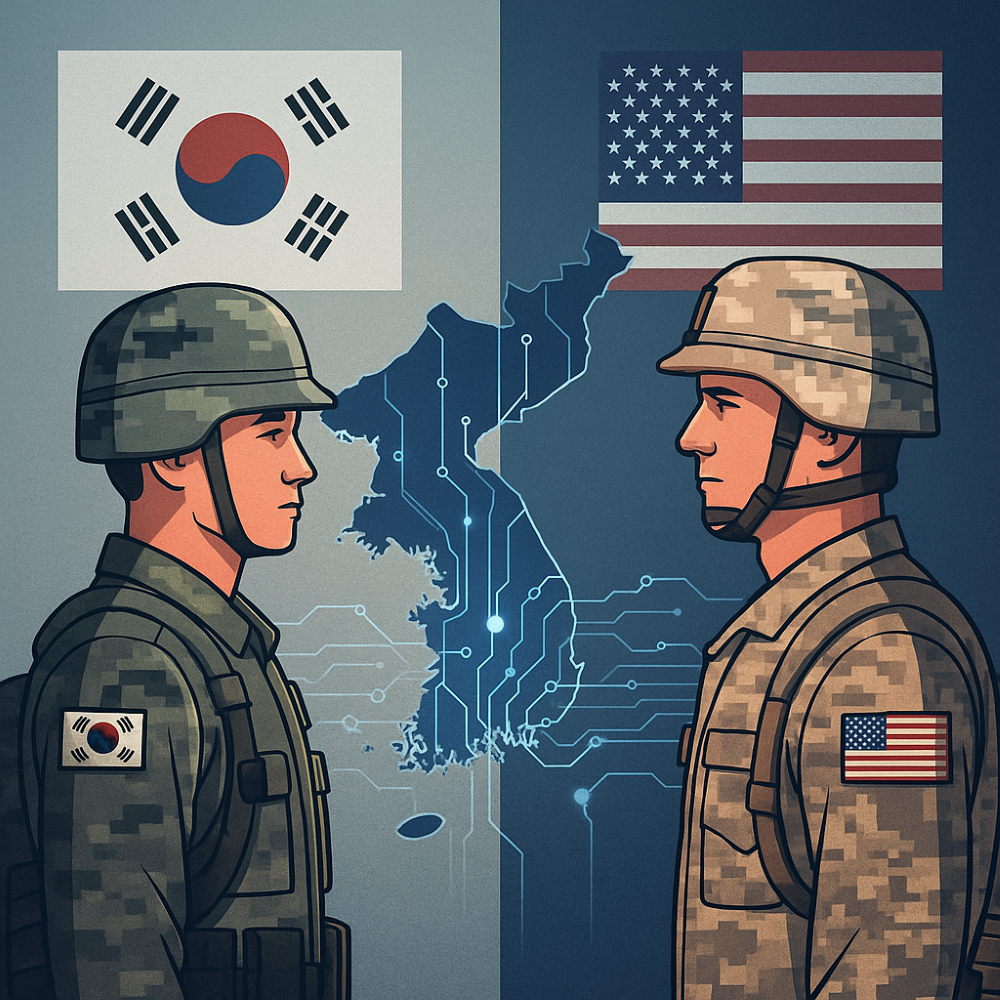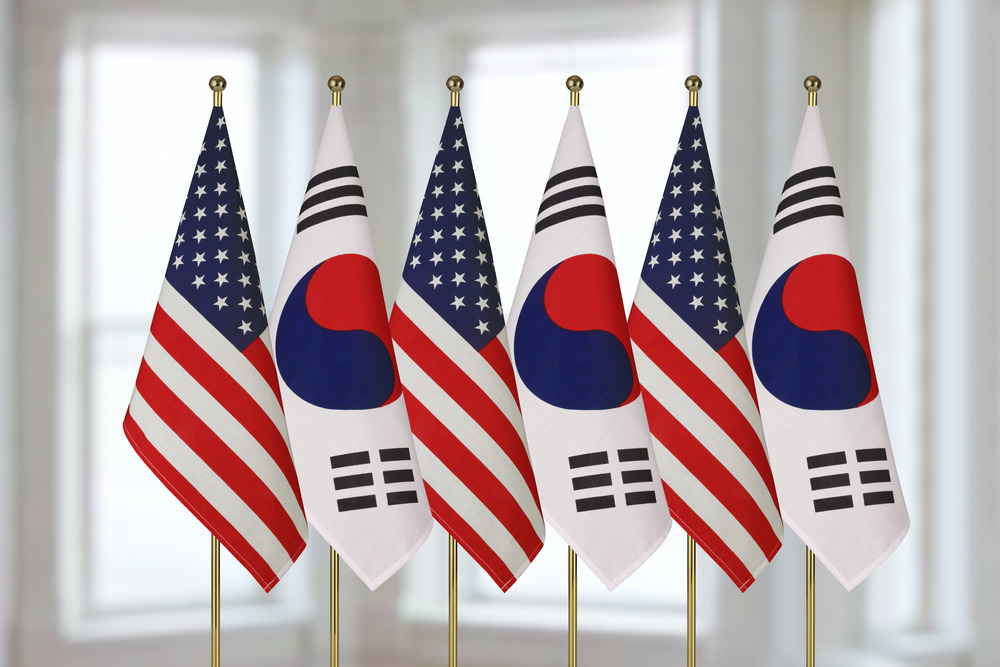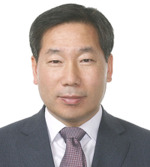
- #Security & Defense
- #US-ROK Alliance
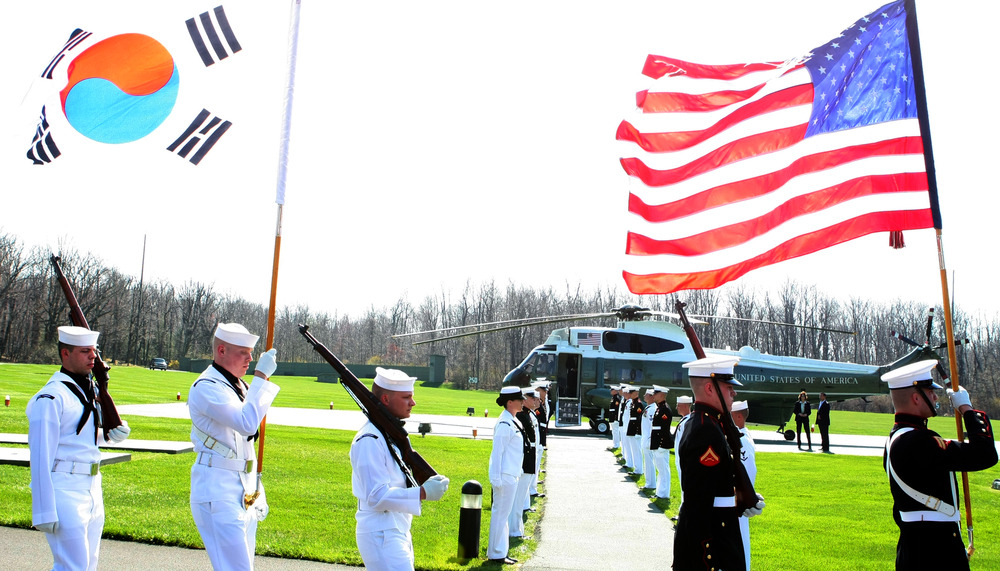
Key Takeaways:
- Alliance modernization should therefore emphasize practical capability-building – such as advanced weapons systems, intelligence sharing, missile defense, and credible extended deterrence – rather than politically sensitive issues.
- If USFK forces are deployed outside the Korean peninsula, questions will arise over operational authority, especially if such scenarios coincide with OPCON transfer.
- Major reforms – including OPCON transfer, cost-sharing adjustments, USFK reconfiguration, and broader cooperation initiatives – should be pursued in sequenced stages.
The Republic of Korea (ROK) and the United States are now advancing the agenda of “alliance modernization,” marking a turning point in their bilateral security relationship. Alliance modernization is the process of adapting the combined defense posture to an evolving security environment and expanding cooperation into new domains, such as cyber and space.
For Washington, the ultimate priority is countering China. Seoul, however, has articulated a different vision – placing the long-delayed transfer of wartime operational control (OPCON) at the core of alliance transformation. This reflects ROK’s aspiration for a more equal and autonomous alliance, highlighting ROK-led defense against North Korean threats and the future-oriented development of the partnership. Although negotiations on defense cost-sharing have not yet begun, they are likely to emerge as one of the most contentious issues in the modernization process. The following sections examine the key tasks for successful modernization, the envisioned future alliance, and the most controversial challenges, before offering policy recommendations for a win-win outcome.
Tasks for Successful Alliance Modernization
The United States, under the banner of “modernization,” has demanded greater strategic flexibility for U.S. Forces Korea (USFK), ROK’s participation in countering China, and a sharp increase in defense expenditures. President Trump emphasized that a “more balanced and fair” sharing of defense costs was consistent with U.S. national interests, pursuing modernization through an “America First” lens that, in practice, reduced U.S. burdens while expanding ROK’s contributions.
Seoul, by contrast, has made clear that modernization should focus on capability enhancement, advanced technological cooperation, and strengthening deterrence. While Washington stresses strategic flexibility and regional roles, Seoul prioritizes strategic autonomy and substantive capacity-building. To evolve from dependency toward an equal partnership, ROK has placed OPCON transfer and expanded defense-technology cooperation at the center of its agenda.
Bridging these divergent perspectives is essential. Alliance modernization should therefore emphasize practical capability-building – such as advanced weapons systems, intelligence sharing, missile defense, and credible extended deterrence – rather than politically sensitive issues. Contentious matters like countering China are better managed through separate channels. Designed as a mutually beneficial framework, modernization can transform the alliance into a more resilient and sustainable strategic partnership.
The Future Shape of a Modernized Alliance
Looking ahead, a modernized alliance will expand its mission beyond defending the Korean Peninsula to contributing more broadly to Indo-Pacific stability. Seoul interprets this not as targeting a particular state but as contributing to “regional and global peace,” seeking to avoid unnecessarily provoking China while underscoring the stabilizing intent of modernization.
Another defining feature will be ROK’s greater role and autonomy. With one of the world’s top five militaries and a growing defense-export profile, Seoul is now positioned to lead in first-response defense against North Korea’s threat by strengthening its ISR and missile defense capabilities. The United States, meanwhile, is expected to reconfigure USFK into a more mobile and flexible posture – capable not only of defending the peninsula but also of supporting regional contingencies when required.
The alliance will also expand into new domains beyond land, sea, and air – namely space, cyber, and emerging technologies. The two countries have already launched cooperative mechanisms, such as a Joint Space Policy Committee and a Cyber Working Group. Future projects will likely include joint efforts in artificial intelligence, quantum technologies, and electronic warfare. Such cooperation will enhance deterrence against North Korea while preparing for advanced threats from China and Russia. This technology-driven modernization is an area of common interest and one that enjoys broad public support in ROK.
At the same time, Seoul is expected to align more closely with Washington on global issues – from Ukraine and Middle East conflicts to climate-security challenges. This will elevate ROK’s international profile while contributing to U.S. goals of strengthening its alliance network. In sum, the future of modernization points toward a closer yet more flexible alliance.
The Most Contentious Issue in Modernization
The most controversial issue in alliance modernization is the strategic flexibility of USFK – that is, expanding the geographical scope of alliance missions. While Washington views this as essential to its China strategy, it is highly sensitive in ROK due to sovereignty and security concerns.
First, the most contentious issue is the expansion of the alliance’s role, particularly with respect to Taiwan and the South China Sea, including the strategic flexibility of USFK. If modernization emphasizes alliance’s mission expansion over its capability enhancement, limited resources and political will may be diverted from the alliance’s core mission of deterring North Korea’s threat. Without adequate institutional and capability readiness, this could weaken the alliance’s credibility on both the peninsula and in the region.
Second, it raises serious command-and-control challenges. If USFK forces are deployed outside the Korean peninsula, questions will arise over operational authority, especially if such scenarios coincide with OPCON transfer. Overlaps between a ROK-led Combined Forces Command and U.S. Indo-Pacific Command could create confusion, undermining deterrence and regional stability.
Third, domestic public opinion is a major obstacle. While most ROK support the alliance, they do not favor being drawn into military conflict with China. Critics argue that U.S. demands for expanded ROK contributions – including higher defense spending and potential involvement in Taiwan contingencies – risk entangling ROK in unwanted disputes and raising the danger of war on the peninsula. Such public resistance could limit the scope of modernization and reduce its political legitimacy.
In short, strategic flexibility presents dilemmas of security, sovereignty, and legitimacy. If mishandled, it could derail the modernization agenda. If managed creatively, however, it could strengthen the alliance by making it both stronger and more adaptable.
Policy Recommendations for a Win-Win Alliance
Alliance modernization is both an inevitable trend and a double-edged sword. Properly managed, it can serve the interests of both nations; mismanaged, it could generate discord. To ensure a win-win outcome, several recommendations are in order:
First, alliance modernization must proceed in harmony with mutual trust. It involves both micro-level adjustments – such as defense cost-sharing and increases in defense spending – and macro-level adjustments, including the expanded strategic flexibility of USFK and the broader role of the alliance. Among these, micro-level adjustments allow room for compromise and acceptance, and thus should be given priority for the time being. By contrast, the contentious issues in the realm of macro-level adjustments require careful coordination and deliberation, and are better addressed through long-term solutions rather than short-term fixes. In essence, alliance modernization faces the dilemma of balancing the U.S. objective of countering China with ROK’s aspiration for greater strategic autonomy. Creative approaches must therefore be sought to reconcile these competing priorities.
Second, pursue communication strategies sensitive to domestic opinion. The term “alliance modernization” itself carries political weight in ROK; reframing it as an “upgraded alliance vision” may be less contentious. The costs and risks – including defense cost-sharing and limited strategic flexibility – must be explained transparently to secure public support. Washington should also avoid unilateral demands and account for ROK’s political environment.
Third, proceed through phased implementation. Major reforms – including OPCON transfer, cost-sharing adjustments, USFK reconfiguration, and broader cooperation initiatives – should be pursued in sequenced stages. This allows for ongoing assessment, adjustment, and mitigation of unintended consequences.
Fourth, pursue parallel diplomacy with neighboring states. Modernization must not trigger destabilizing responses from China or North Korea. Public diplomacy should emphasize that modernization is not an offensive measure but a contribution to regional peace, while direct channels with Beijing should be used to clarify intentions and build transparency.
In conclusion, alliance modernization is both a challenge and an opportunity. ROK can consolidate its role as a security leader, while the United States can strengthen its alliance network against China and North Korea. The keys to success are mutual respect, careful coordination, and shared direction rather than rushed speed. If Seoul pursues modernization within the bounds of national interest and peace, and Washington respects Korean public sentiment while demonstrating flexibility, the ROK-U.S. alliance will succeed in modernization – emerging stronger, more resilient, and better adapted to the Indo-Pacific security environment.

Dr. Lee, Sung-hoon is a senior research fellow at the Institute for National Security Strategy(INSS). Dr. Lee received a doctorate in international politics from Yonsei University. He served as a visiting scholar at the RAND Co.(2009-2010), a professor at the Korea National Defense University (2014-2017), Advisor to the Joint Chiefs of Staff (2013), Assistant Secretary for the NSC Secretariat (2017-2019), Dean of Joint Forces Staff College(2020), and the President of the Joint Military University (2021). Major research areas include the Korea-U.S. alliance, nuclear strategy, defense strategy, and aerospace strategy etc.
